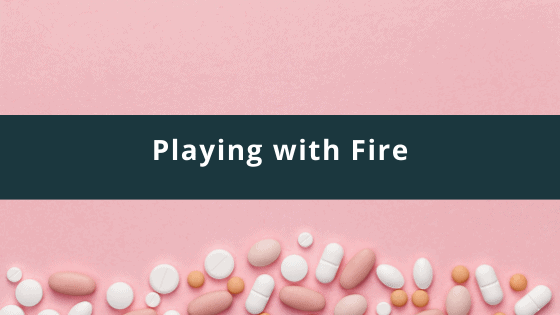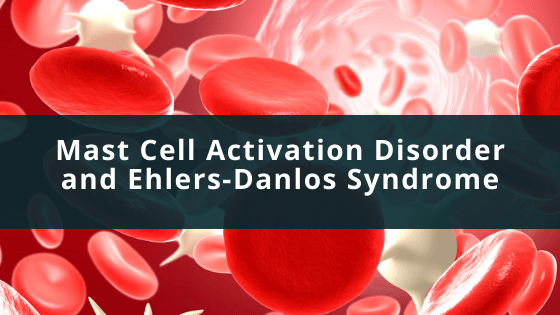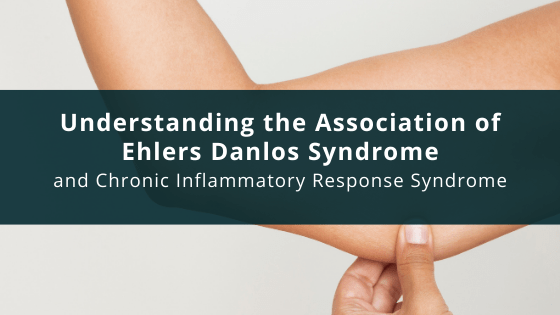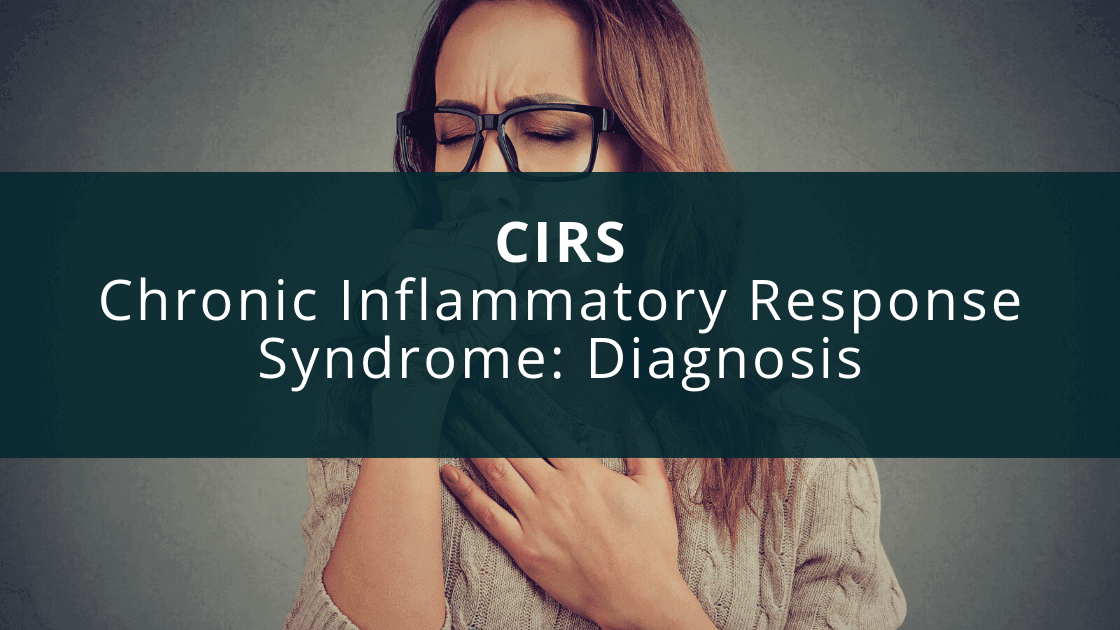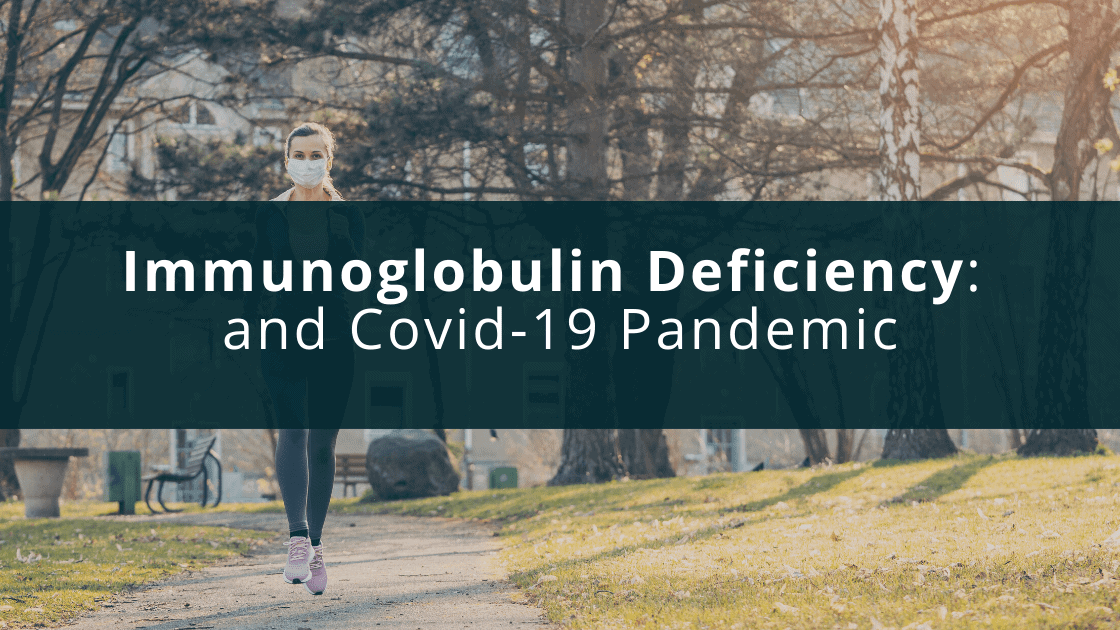I literally can’t remember a time in my life when I felt well. Since about 4 years of age, my whole life has been spent in an endless cycle of coming down with an infection, being in the middle of an infection, recovering from an infection, and then coming down with another infection (often more than one infection at a time). My life is a neverending parade of sinusitis, bronchitis, urinary tract infections, pneumonia, MRSA, mono, cytomegalovirus, the flu – you name it, I’ve had it, and probably several times. Some years, I spent 10 months on antibiotics just to keep the severe infections at bay. In 23 years, I saw over 100 doctors and specialists in an effort to figure out why I was always ill and why I had a myriad of other symptoms like pain, fatigue, constant nausea, GI issues, and why I had to have surgery every couple of years to clear out some type of invasive infection.
Despite the countless doctors and specialists, no one had any answers for me. I was misdiagnosed with everything from fibromyalgia to chronic mono. And in fact, some doctors accused me of being a drug seeker or of being mentally ill when they could find nothing wrong (because apparently you can fake having such severe infections that they require IV antibiotics, for which I eventually had to have a permanent chest port installed). If you’ve ever known something was wrong and had a doctor tell you that you’re fine, you know exactly how frustrating it can be. I can’t count how many times I wished a doctor could live in my body for just one week.
Finally, when I was 27 years old, I was sent to an infectious disease specialist, Dr. Andrew Pugliese, because I had a sinus infection for over a year despite constant antibiotics. My primary care doctor at the time knew something had to be wrong, but didn’t know what. Luckily, Dr. Pugliese knew what tests to run. He tested my blood levels of something called immunoglobulin (what your body produces to fight off infections and make antibodies) and he gave me a pneumonia vaccine to see if I mounted any response at all. The tests came back, and they showed that my immunoglobulin levels were extremely low, and I did not produce any antibodies to the vaccine. In just two weeks, I had the answer I had been searching for all my life. I was born with a dysfunctional immune system, a condition called Primary Immune Deficiency Disease – if life is a battlefield, I’m simply unarmed.
My specific type of PIDD is called CVID, or Common Variable Immune Deficiency, which is the most common of the PIDDs. Despite the name, CVID is very rare, occurring in about 1 in every 50,000 people. To put it another way, there are only about 6,000 CVID patients in the US, less than 250,000 in the world.
As with many rare diseases, there is no cure and only one (very expensive) monthly, lifelong treatment called intravenous immune globulin which helps, but is not totally effective for most of us. In addition we’re very likely to get other diseases, so even if we are helped by the immune globulin treatment we often have other “co-morbid” conditions caused by CVID. Diseases like lymphoma, gastric cancer, lupus, and rheumatoid arthritis are common.
When I first got my diagnosis, I felt a strange mixture of relief, fear, and isolation. I was relieved to know what was wrong, afraid because of the life-threatening complications of having an incurable disease, and lonely because I didn’t know anyone who had this disorder. I found fellow patients in support groups on Facebook and via the Immune Deficiency Foundation, and when I heard their stories I realized that I had only one real decision to make. I could decide to fall into an emotional pit, or I could decide not to let the disease define me. In the end, I decided not to give up. As author Viktor E. Frankl said, “everything can be taken from a man but one thing: the last of the human freedoms, to choose one’s attitude in any given set of circumstances.”
I can’t claim that I maintained a positive attitude every time I heard that yet another member of our online support group had died from CVID or related complications, or that I never allowed waves of self-pity to wash over me as I sat in a hospital bed wishing I could be at home. However, if I fell in a hole I tried not to stay there too long. This disease is not who I am. It has taken many things from me – a career, motherhood, financial independence – but I will not allow it to take away my joy.
Living with CVID isn’t about waiting for the storm to pass, because another will just follow on it’s heels. Living with CVID is about learning to dance in the rain, and laugh in the face of the storm. If there is any lesson my story can teach you, it’s that whatever you’re going through, give it a try. Dance in the rain and laugh at the storm…and if that gets too hard, then at least rage against the storm – but never, ever, let it drown you.
CNN PRODUCER NOTE : ErinBC220 has Common Variable Immune Deficiency (CVID), which is a disorder that damages the immune system, making it difficult for one’s immune system to protect oneself adequately. She has spent years dealing with infections and reoccurring aliments, but despite her continual hospitalization she has learned to appreciate the little treasures in life. CVID has taught her to be comfortable with herself and her thoughts. ‘I think many people try to distract themselves and stay busy so that they don’t have to confront their flaws or fears, but when you spend a lot of time stuck inside by yourself because you want to minimize germ exposure, you have time do do a lot of thinking,’ she said. ‘To me, learning to dance in the rain means trying to make the best of any situation you are in and letting go of the bitterness that comes from having a life that’s not what you planned.’ – Jareen, CNN iReport producer
To view the article visit http://ireport.cnn.com/docs/DOC-1082684


